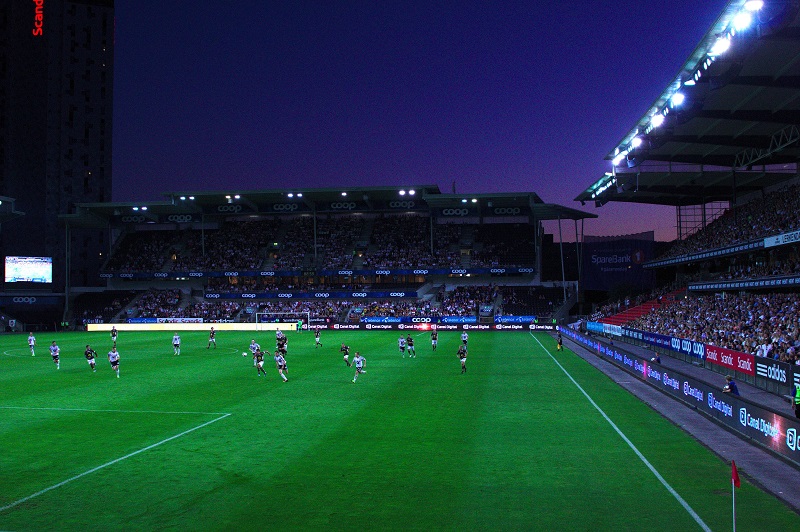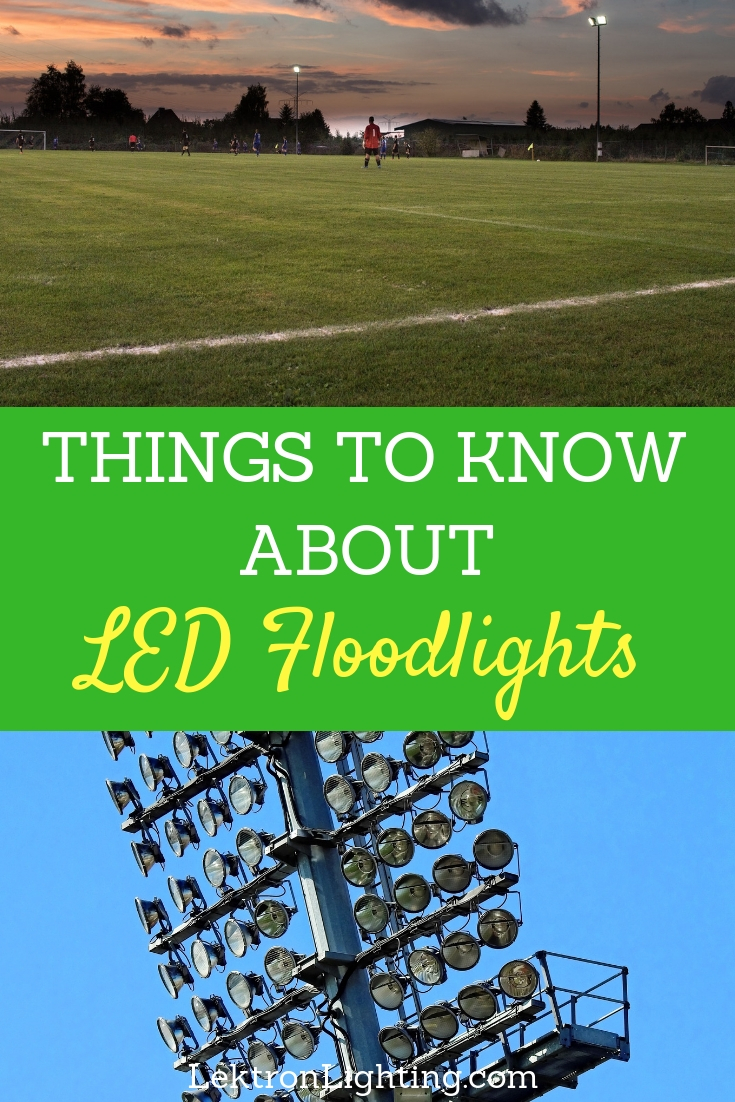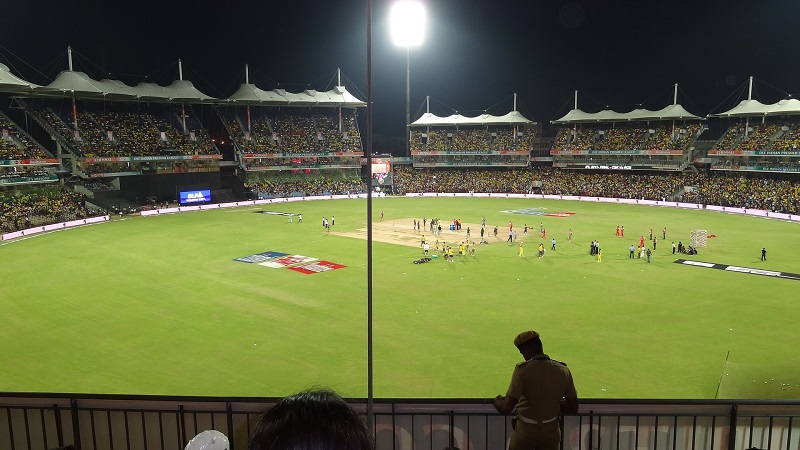LED lights are replacing many different types of lights that we already use. In fact, LED technology has made even more lighting options possible. One example of how LED lighting has done a great job of replacing normal lighting is with LED floodlights. But before you run out to replace your floodlighting, there are a few things you should know.
There are a few key things to look for when shopping for LED flood lights, specifically, the attributes that make them actually work properly.
How Much Power do LED Floodlights Need?
Normal floodlights use anywhere from 20W to 1000W so the question is, how does that power translate into lumens? Lumens are the measurement of power that LED lights often use. When considering floodlight replacement, think about the amount of space you need to cover with light. If you need to cover 50 sq meters you will ties that by the lux level which should be around 100 for 5000 lumens. Then, take that number and divide that by the 130 lumens per watt conversion and you will find that you need a 40W LED bulb to cover that 50 sq meters with light. Another easier thing to remember is that 40W will do for every 50 sq meters and then do the math from there.
LED Floodlights and the Power They Use
LED floodlights will surely use less power than other floodlight options. But the question is, how do you know your LED light is truly using less energy? It all depends on the luminous efficiency of the LED bulbs. One example is if an LED has 130 lm/w which means it has 130 units of brightness emitted for each wattage of power consumed. The equation would look like this, a 100W halogen bulb has a luminous efficiency of 35 lm/W so that’s 100 x 25 = 2500 lumens. To get 2500 lumens from n LED bulbs, divide that by 130 again for the conversion and you get a 20W LED bulb. That means a 20W LED bulb will emit the same amount of light as a 100W halogen, using 5 times less the amount of energy, theoretically. So when you’re looking for LED floodlights, look for higher lumens per Watt ratio.
LED Floodlights Lifespan
The beautiful thing about LED bulbs is that they last longer, even when they’re producing so much light. Most floodlights are halogen or metal halide lights which only last an average of 1000 hours. LED lights can last for up to 8000 hours, giving them 8 times the lifespan of their halogen counterparts. It is a no-brainer to buy the product that lasts longer than the other and at this rate, you can run LED lights for 10 hours a day for 22 years before they give out. Part of what makes this possible is the heat dissipation. This is what you will want to look for in your LED floodlights, a good heat sink system. Aluminum is a great material in LED lights as it helps dissipate the heat.
Many of these features can be found in Morris lighting solutions. LED lights are done properly with Morris Lighting and you can rest assured that you’re buying the best in LED flood lighting options or LED lighting in general.



